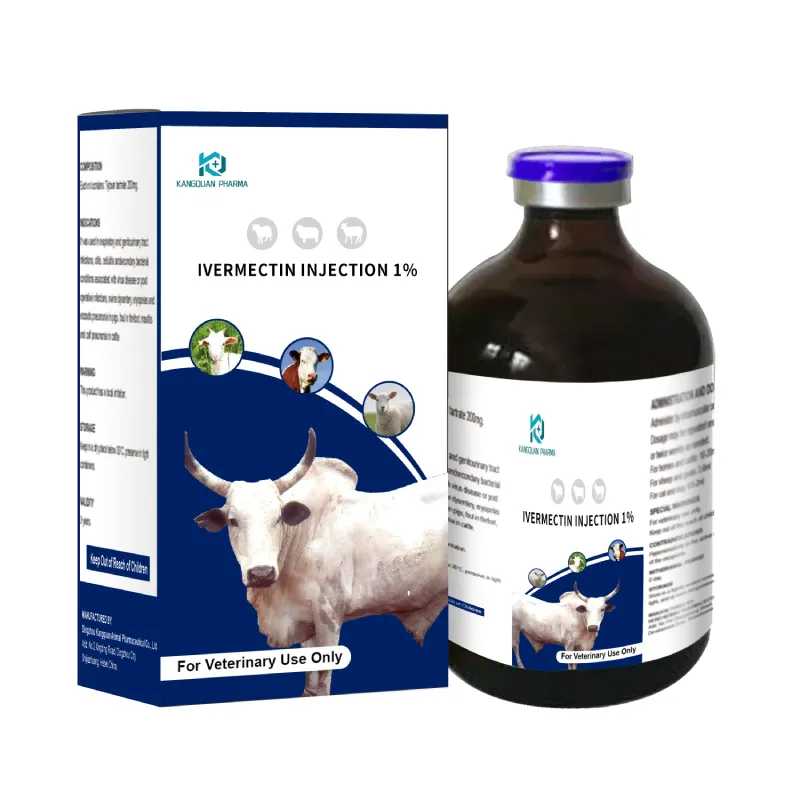- Afrikaans
- Albanian
- Amharic
- Arabic
- Armenian
- Azerbaijani
- Basque
- Belarusian
- Bengali
- Bosnian
- Bulgarian
- Catalan
- Cebuano
- Corsican
- Croatian
- Czech
- Danish
- Dutch
- English
- Esperanto
- Estonian
- Finnish
- French
- Frisian
- Galician
- Georgian
- German
- Greek
- Gujarati
- Haitian Creole
- hausa
- hawaiian
- Hebrew
- Hindi
- Miao
- Hungarian
- Icelandic
- igbo
- Indonesian
- irish
- Italian
- Japanese
- Javanese
- Kannada
- kazakh
- Khmer
- Rwandese
- Korean
- Kurdish
- Kyrgyz
- Lao
- Latin
- Latvian
- Lithuanian
- Luxembourgish
- Macedonian
- Malgashi
- Malay
- Malayalam
- Maltese
- Maori
- Marathi
- Mongolian
- Myanmar
- Nepali
- Norwegian
- Norwegian
- Occitan
- Pashto
- Persian
- Polish
- Portuguese
- Punjabi
- Romanian
- Russian
- Samoan
- Scottish Gaelic
- Serbian
- Sesotho
- Shona
- Sindhi
- Sinhala
- Slovak
- Slovenian
- Somali
- Spanish
- Sundanese
- Swahili
- Swedish
- Tagalog
- Tajik
- Tamil
- Tatar
- Telugu
- Thai
- Turkish
- Turkmen
- Ukrainian
- Urdu
- Uighur
- Uzbek
- Vietnamese
- Welsh
- Bantu
- Yiddish
- Yoruba
- Zulu
9 月 . 02, 2024 03:13 Back to list
How to Inject Ivermectin in Pigs - A Comprehensive Guide
How to Inject Ivermectin in Pigs A Guide for Farmers
Ivermectin is a widely used antiparasitic medication for livestock, particularly pigs. It is effective in treating a variety of parasites, including roundworms, lice, and mites. Administering ivermectin correctly is essential for both the health of the animal and the efficacy of the treatment. This article provides a step-by-step guide on how to inject ivermectin in pigs.
1. Preparation
Before administering ivermectin, ensure you have the right dosage. The recommended dosage for pigs is typically around 0.2 mg/kg of body weight, but always refer to the manufacturer’s instructions or consult a veterinarian for specific guidance. Gather your supplies ivermectin, a syringe, a needle (preferably 16-18 gauge for subcutaneous injection), and antiseptic wipes.
2. Restraint
Restrain the pig safely to minimize stress and ensure safety for both the animal and the handler. Depending on the size of the pig, you may require assistance. For smaller pigs, gentle holding may suffice, while larger pigs might need a hog snare or a chute.
3. Injection Site
how to inject ivermectin in pigs

Select the appropriate injection site. Ivermectin can be administered either subcutaneously (under the skin) or intramuscularly (into the muscle). The most common site for subcutaneous injections is behind the ear or in the loose skin on the back of the neck. For intramuscular injections, the thigh muscle is a suitable site. Ensure the area is clean and free of dirt.
4. Administering the Injection
Before injecting, wipe the injection site with antiseptic to reduce the risk of infection. Draw the correct amount of ivermectin into the syringe, ensuring there are no air bubbles. Insert the needle at a 45-degree angle for subcutaneous injections or straight in for intramuscular injections. After inserting the needle, pull back slightly on the plunger to check for blood; if blood enters the syringe, you may have hit a blood vessel, and you should choose a different site.
5. Post-Injection Care
After administering the ivermectin, apply gentle pressure to the injection site with a cotton ball or gauze. Monitor the pig for any signs of adverse reactions, such as swelling or difficulty breathing. Maintain proper records of the treatment for future reference and to track the health of your livestock.
In conclusion, injecting ivermectin in pigs requires careful preparation, appropriate restraint, and proper technique. When performed correctly, this process contributes to the overall health and wellbeing of livestock, preventing parasitic infestations and promoting growth. Always follow veterinary guidelines and consult with a professional if you have any doubts or questions.
-
The Power of Radix Isatidis Extract for Your Health and Wellness
NewsOct.29,2024
-
Neomycin Sulfate Soluble Powder: A Versatile Solution for Pet Health
NewsOct.29,2024
-
Lincomycin Hydrochloride Soluble Powder – The Essential Solution
NewsOct.29,2024
-
Garamycin Gentamicin Sulfate for Effective Infection Control
NewsOct.29,2024
-
Doxycycline Hyclate Soluble Powder: Your Antibiotic Needs
NewsOct.29,2024
-
Tilmicosin Premix: The Ultimate Solution for Poultry Health
NewsOct.29,2024













